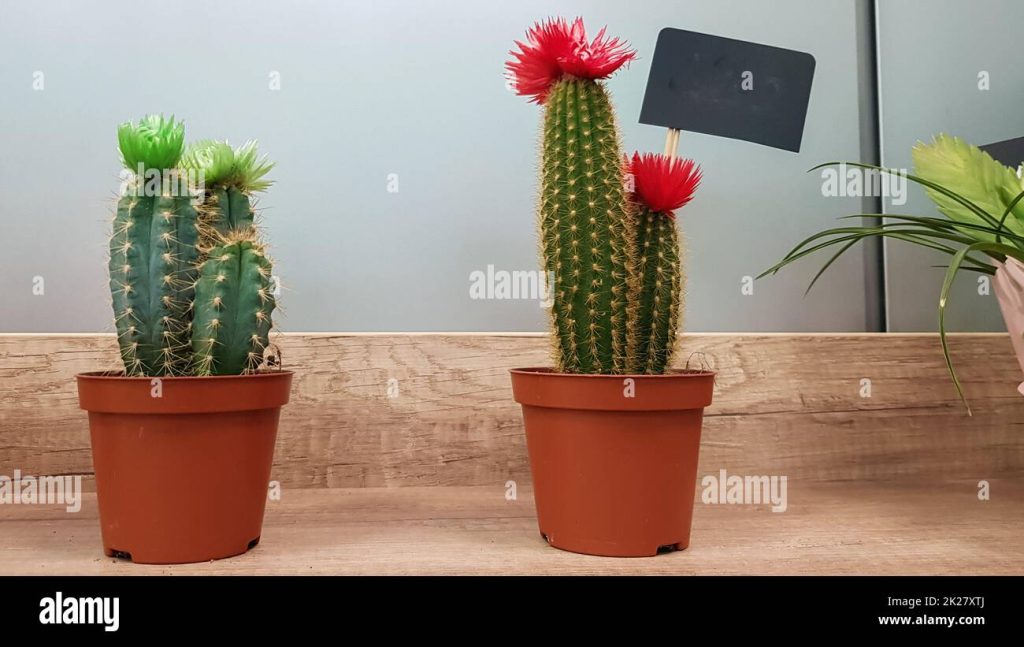Types of Prickly Plant Parts
Prickly plant parts come in a variety of shapes and sizes, each uniquely adapted to its environment and the specific needs of the plant. Here are some common types:
- Thorns: Thorns are modified branches or stems that are hard and pointed. They are often found on plants like roses and hawthorns. Thorns serve as a defense mechanism against herbivores, deterring animals from munching on the plant.
- Spines: Spines are modified leaves or parts of leaves. Cacti are the most well-known plants with spines. These sharp, needle-like structures not only protect the plant from predators but also help reduce water loss by providing shade and reducing air flow around the plant.
- Prickles: Prickles are outgrowths from the epidermis or cortex of a plant. Unlike thorns and spines, prickles are not derived from stems or leaves. They are found on plants like blackberries and roses. Prickles can easily detach from the plant, making them particularly effective in discouraging herbivores.
Functions of Prickly Plant Parts
Prickly plant parts serve several essential functions that contribute to the survival and success of the plant. Here are some key roles they play:
- Protection from Herbivores: The primary function of thorns, spines, and prickles is to protect the plant from herbivores. These sharp structures can cause pain and injury to animals attempting to eat the plant, thus deterring them from doing so.
- Water Conservation: In arid environments, spines can help reduce water loss. By providing shade and creating a microclimate around the plant, spines can lower the temperature and decrease evaporation rates. This adaptation is particularly vital for desert plants like cacti.
- Structural Support: Some prickly structures provide additional support to the plant. For example, the stiff thorns of certain shrubs can help the plant climb and gain access to more sunlight.
- Seed Dispersal: In some cases, prickly plant parts can aid in seed dispersal. For instance, the burs of burdock plants have tiny hooks that cling to animal fur, allowing the seeds to be carried to new locations.
Ecological Impact
Prickly plant parts play a significant role in the broader ecosystem. By deterring herbivores, these plants can influence the feeding habits and behaviors of animals. This, in turn, affects plant community dynamics and biodiversity. For example, the presence of thorny plants can create safe havens for certain animal species, providing them with shelter from predators.
Additionally, prickly plants often thrive in environments where other plants struggle to survive. Their adaptations allow them to occupy ecological niches that are inhospitable to many other species. This contributes to the overall diversity and resilience of ecosystems.
Human Interaction with Prickly Plants
Humans have a long history of interacting with prickly plants, utilizing them for various purposes. Here are a few examples:
- Agriculture: Some prickly plants, like certain varieties of roses and blackberries, are cultivated for their fruits and flowers. While their thorns can be a nuisance, careful handling and pruning can mitigate this issue.
- Medicine: Prickly plants like the cactus have been used in traditional medicine for centuries. The gel from the inside of a cactus can be used to treat burns and wounds.
- Landscaping: Prickly plants are often used in landscaping for their aesthetic appeal and as natural barriers. Hedges of thorny plants can serve as effective security measures, deterring intruders.
- Art and Symbolism: Prickly plants hold cultural and symbolic significance in many societies. The cactus, for example, is often associated with resilience and endurance.
Conclusion
Prickly plant parts are a remarkable example of nature’s ingenuity, showcasing a range of adaptations that enable plants to survive and thrive in challenging environments. Whether it’s the sharp thorns of a rose, the spines of a cactus, or the prickles of a blackberry bush, these natural defenses play a crucial role in protecting plants from herbivores, conserving water, and contributing to the biodiversity of ecosystems. Our interaction with these fascinating structures continues to evolve, reflecting their enduring significance in both the natural world and human culture.
FAQs
Q1: Are thorns, spines, and prickles the same thing?
No, thorns, spines, and prickles are different structures. Thorns are modified branches, spines are modified leaves, and prickles are outgrowths from the plant’s epidermis or cortex.
Q2: How do spines help cacti survive in the desert?
Spines help cacti reduce water loss by providing shade and creating a cooler microclimate around the plant. They also deter herbivores from eating the cactus.
Q3: Can prickly plants be used for medicinal purposes?
Yes, some prickly plants have medicinal uses. For example, the gel from inside a cactus can be used to treat burns and wounds.
Q4: Why do some plants have prickles that can easily detach?
Prickles that easily detach can cause pain and irritation to herbivores, deterring them from eating the plant. This makes the plant less appealing as a food source.
Q5: How do prickly plants affect their ecosystems?
Prickly plants can influence the feeding habits of herbivores and provide shelter for certain animals, contributing to the diversity and resilience of ecosystems. They often thrive in environments where other plants struggle to survive.

